Bambara Bean Planting Guide
Maximizing Yield and Sustainability in Tropical Agriculture
Introduction to Bambara Bean Cultivation
This comprehensive Bambara Bean Planting Guide provides evidence-based strategies for farmers in West Africa and Southeast Asia seeking to optimize their production of this resilient legume. Drawing from recent agricultural research, we address critical challenges including soil nutrient management, water stress, and pest control while promoting sustainable farming practices. As a specialized fertilizer wholesale factory, we integrate product recommendations that align with scientifically-validated approaches for enhancing yield and soil health. This guide delivers practical solutions to transform common pain points into profitable outcomes, leveraging the latest findings from international research institutions to empower both smallholder farmers and commercial growers.
Soil Preparation and Planting Requirements for Optimal Growth
Ideal Soil Conditions and Site Selection
Bambara bean performs best in well-drained sandy loam soils with a pH range of 5.5-7.0. While tolerant of poor soils, maximum yields require proper site preparation. Research indicates that soil texture significantly influences pod development, with loose structures allowing for better penetration and expansion. For farmers dealing with compacted soils, incorporating slow-release organic fertilizer at 2 tons per hectare before planting dramatically improves soil structure and water retention capacity.
Planting Techniques and Density Management
Planting Timing: Synchronize planting with seasonal rains in tropical regions. In areas with bimodal rainfall patterns, strategic planting can enable two harvests per year.
Seed Selection: Choose certified seeds with high germination rates. For regions facing specific soil pathogens, consider seeds treated with rhizobium inoculants to enhance nitrogen fixation.
Planting Density: Optimal spacing ranges from 20-30 plants per square meter, typically achieved with row spacing of 50-60cm and plant spacing of 10-15cm. This density balances light interception and nutrient competition while facilitating mechanical weeding where applicable.
A critical consideration involves planting depth, as improper depth can significantly impact establishment. As observed in almond tree cultivation, planting “too deep may cause ‘suffocation’ of roots, while too shallow exposes them to temperature extremes”. For Bambara bean, a planting depth of 2-5cm proves optimal across most soil types.
Addressing Major Production Challenges: Evidence-Based Solutions
Soil Health Degradation in Continuous Monocropping
Problem: Continuous monocropping depletes soil organic matter and disrupts microbial balance, potentially increasing susceptibility to soil-borne diseases. Similar to issues observed in faba bean systems, long-term monocropping can reduce plant growth and promote disease incidence.
Solution:
Implement crop rotation with cereals like maize or millet to break pest cycles and restore soil nutrients. Research demonstrates that rotating legumes with non-legumes significantly reduces nematode populations and improves soil structure.
Apply microbial bio-organic fertilizer containing beneficial microorganisms to restore soil ecology. Studies on faba bean showed that appropriate nitrogen management (90 kg·hm⁻²) in continuous monocropping systems reduced disease incidence by 7.21-12.26% while improving soil quality indicators.
Incorporate lignite humic acid powder at 5kg/ha with irrigation water to improve soil structure and nutrient availability. This approach enhances soil aggregation and cation exchange capacity, particularly beneficial in degraded soils.
Nutrient Deficiencies and Management Strategies
Bambara bean, like other legumes, has specific nutrient requirements despite its nitrogen-fixing capability. Potassium deficiency represents a common constraint in tropical soils, directly impacting yield potential.
Potassium Application: Research on faba bean demonstrates that potassium application methods significantly influence yield components. “Molasses and foliar potassium applications significantly enhanced phosphorus content, seed yield, and yield components”. For Bambara bean, a combination of soil-applied potassium humate granules (200kg/ha) and foliar MKP (0-52-34) at flowering and pod formation stages can increase yield by 15-25%.
Nitrogen Management: While Bambara bean fixes atmospheric nitrogen, strategic starter nitrogen can improve early growth. However, excessive nitrogen inhibits nodulation. Studies on common bean recommend careful nitrogen management, with research showing that “reinoculation with co-inoculation at the V4 stage can enhance biological nitrogen fixation, reducing dependence on synthetic fertilizers”. For acidic soils, our 21-21-21+TE water-soluble fertilizer provides balanced initial nutrition without suppressing symbiotic nitrogen fixation.
Water Stress Management in Drought-Prone Regions
Problem: Drought stress during flowering and pod filling can reduce yields by 30-50%, particularly in sandy soils with low water-holding capacity.
Solution:
Mulching: Apply organic mulches to reduce evaporation losses by up to 30%. The small molecule organic fertilizer derived from high-temperature pyrolysis of chicken manure serves as an excellent mulch material while slowly releasing nutrients.
Water Harvesting: In arid regions, construct micro-catchments to concentrate rainfall moisture around plants.
Anti-Transpirants: Foliar application of amino acid calcium magnesium fish protein liquid at 3L/ha reduces water loss through stomatal regulation while providing essential nutrients during critical growth stages.
Precision Fertilization Framework for Higher Yields
Stage-Specific Nutrient Management
Implementing a phased nutrition program aligns with Bambara bean’s physiological needs, maximizing nutrient use efficiency while minimizing inputs.
Vegetative Stage (0-35 days after emergence):
Focus on phosphorus and micronutrients to establish robust root systems and enhance nodulation.
Application: 10-40-10 water-soluble fertilizer (150kg/ha) as basal dressing promotes early root development, with studies showing up to 200% increase in phosphorus uptake when combined with mycorrhizae.
Foliar spray of amino acid trace elements liquid (2L/ha) at 3-4 leaf stage enhances vegetative growth and stress resistance.
Flowering and Pod Formation (35-65 days):
Potassium demand peaks during this period, critical for photosynthate translocation and pod filling.
Application: 10-5-45 water-soluble NPK (4kg/ha) via fertigation every 10-14 days supports reproductive development.
Foliar application of MKP (2kg/ha) improves flower retention and pod set, particularly under water stress conditions.
Pod Filling and Maturation (65-90 days):
Maintain adequate potassium and boron availability to ensure proper seed development.
Application: Amino acid calcium magnesium fish protein liquid (3L/ha) foliar spray reduces flower abortion and improves seed quality.
Enhancing Biological Nitrogen Fixation
Optimizing the symbiotic relationship between Bambara bean and rhizobia bacteria significantly reduces nitrogen fertilizer requirements while improving soil fertility for subsequent crops.
Inoculation Technology: Use quality rhizobium inoculants specific to Bambara bean. Research on common beans demonstrates that “reinoculation with Rhizobium tropici, alone or combined with Azospirillum brasilense, at different phenological stages” can improve nodulation and yield.
Co-Inoculation Benefits: Combining rhizobium with phosphate-solubilizing bacteria enhances phosphorus availability, further supporting nitrogen fixation efficiency. Our root-promoting microbial agent contains compatible strains that synergistically improve nutrient acquisition.
Environmental Considerations: Avoid excessive nitrogen fertilization during early growth stages, as it inhibits nodulation. Instead, focus on balanced micronutrient supply through our 21-21-21+TE water-soluble fertilizer to support the energy-intensive nitrogen fixation process.
Integrated Pest and Disease Management
Preventing Soil-Borne Diseases
Continuous monocropping increases the risk of soil-borne pathogens. Drawing from research on Fusarium wilt in other legumes, strategic management can significantly reduce disease pressure.
Soil Amendment: Application of slow-release organic fertilizer enriched with biocontrol agents suppresses pathogen populations. Studies show that appropriate nitrogen management alters soil microbial communities, “increasing the abundance of Arthrobacter while decreasing that of Fusarium” .
Resistant Varieties: Select cultivars with demonstrated tolerance to local pathogen pressures.
Biofumigation: Incorporate mustard cover crops before planting, as they release glucosinolates that suppress nematodes and soil-borne fungi.
Managing Insect Pests
Regular monitoring enables early detection and intervention for major pests like leaf beetles, aphids, and pod borers.
Cultural Controls: Intercropping with repellent plants like marigold reduces pest incidence.
Biological Controls: Conservation of natural enemies through reduced pesticide use provides sustainable pest suppression.
Targeted Interventions: For heavy infestations, apply specific insecticides during early pest life stages to minimize crop damage while preserving beneficial insects.
Economic Considerations and Value Addition
Cost-Benefit Analysis of Different Production Systems
Farmers can choose from several production approaches based on their resources and market opportunities:
Traditional System:
Lower input costs but yields typically range from 0.8-1.2 tons/ha
Ideal for subsistence farming with limited market engagement
Enhanced System (incorporating improved seeds, balanced fertilization, and moisture conservation):
Moderate input increase but yields of 1.5-2.0 tons/ha achievable
Better suited for commercial production with reliable market access
High-Technology System (including drip irrigation, precision fertigation, and integrated pest management):
Higher initial investment but yields exceeding 2.5 tons/ha possible
Appropriate for contract farming and premium markets
Value Addition and Market Opportunities
Beyond traditional uses, Bambara bean presents emerging opportunities in value-added products. “Food processors are increasingly innovating by incorporating these beans into flour, snacks, and protein supplements, expanding their consumer appeal” . The development of BamNut plant milk by WhatIF Foods demonstrates the potential for premium markets, with the product boasting higher fiber and protein content compared to many alternatives.
Conclusion: Building Climate-Resilient Bambara Bean Production
Mastering Bambara bean productivity requires integrating improved varieties with appropriate agronomic practices tailored to local conditions. This Bambara Bean Planting Guide provides a framework for enhancing yields while maintaining environmental sustainability. Key recommendations include:
Implementing soil health management practices to address degradation from continuous monocropping
Adopting stage-specific fertilization strategies that align with crop nutrient demands
Utilizing water-saving techniques to overcome drought stress in rainfed systems
Exploring value-addition opportunities to improve farm profitability
As a fertilizer wholesale factory committed to sustainable agriculture, we support these approaches with tailored products designed for legume crops. By combining traditional knowledge with scientific innovations, farmers can unlock the full potential of this underutilized crop to enhance both food security and income generation.
If you are interested in this article, or have any questions that need to be answered,
You can find us at any time through the chat icon in the lower right corner of the webpage. Of course, you can also check our other social media (such as LinkedIn) or check our store directly to learn more about us.
References
BMC Plant Biology – Study on potassium application methods and natural extracts in legume production
PubMed – Research on nitrogen fertilizer management for soil quality improvement and disease alleviation in legumes
PMC – Study on optimizing common bean symbiosis through reinoculation strategies
GM Insights – Bambara bean market analysis and growth projections
Biolink – Nutritional profile and sustainable characteristics of Bambara bean
World Wildlife Fund (WWF) & Knorr – “Future 50 Foods” report highlighting Bambara bean potentia
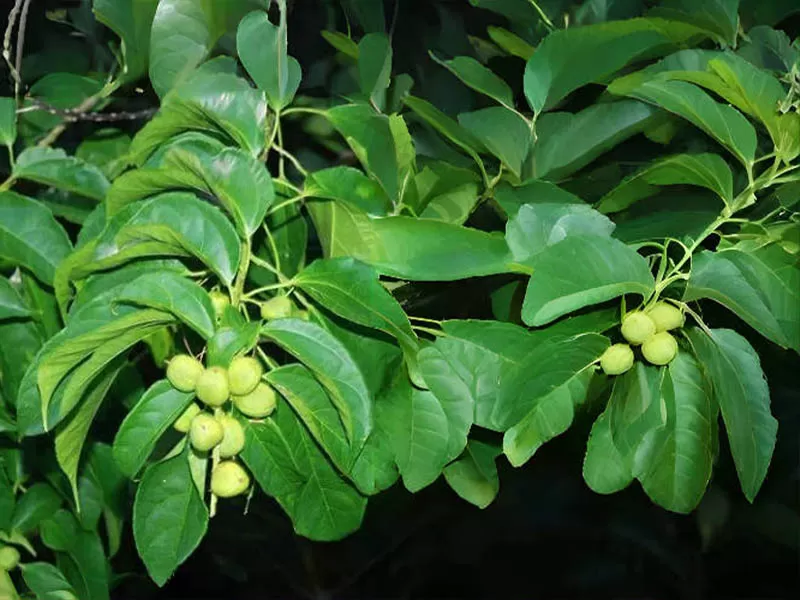
Thriving Bambara beans with our specialized fertilizer blend! 🌱 Enhanced nutrient uptake for stronger plants & higher yields.
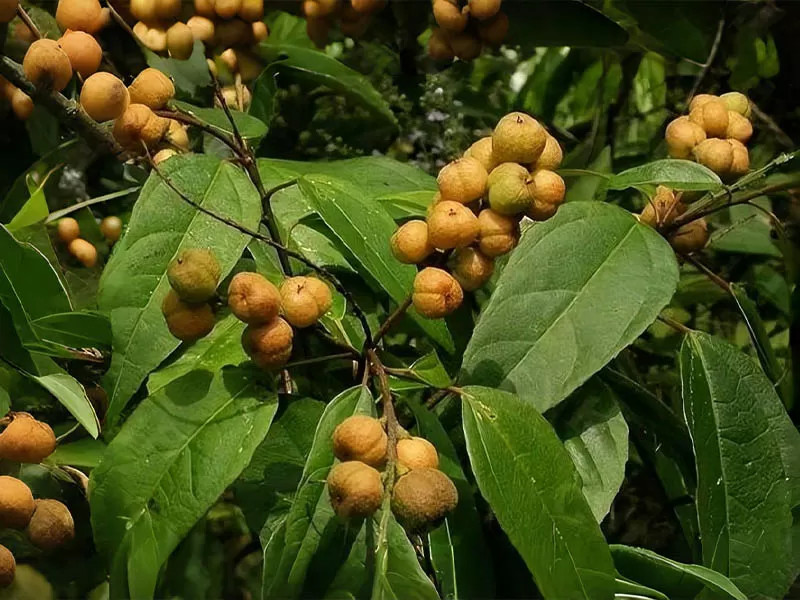
Optimal pod filling achieved! Our slow-release fertilizers ensure balanced nutrition through critical growth stages.
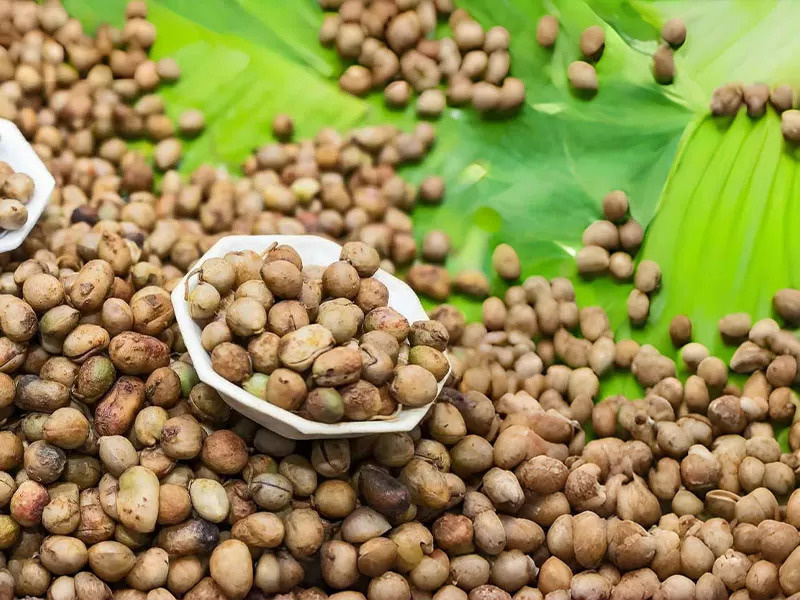
Premium quality harvest – the result of science-backed fertilization. Higher protein content & uniform sizing for market success.
Bambara beans fertilizer
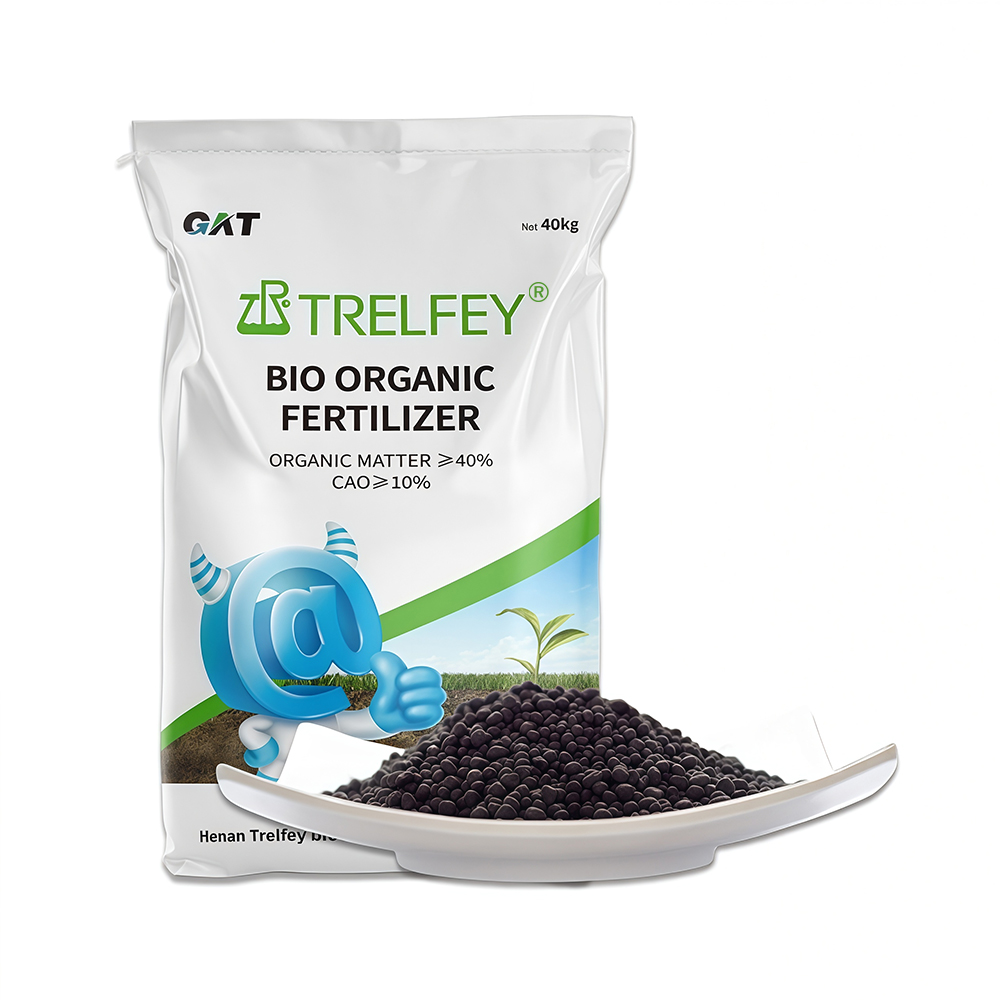
Bio-organic fertilizer
Organic matter ≥40%, CaO≥10%
The number of beneficial live bacteria ≥0.20 billion/g
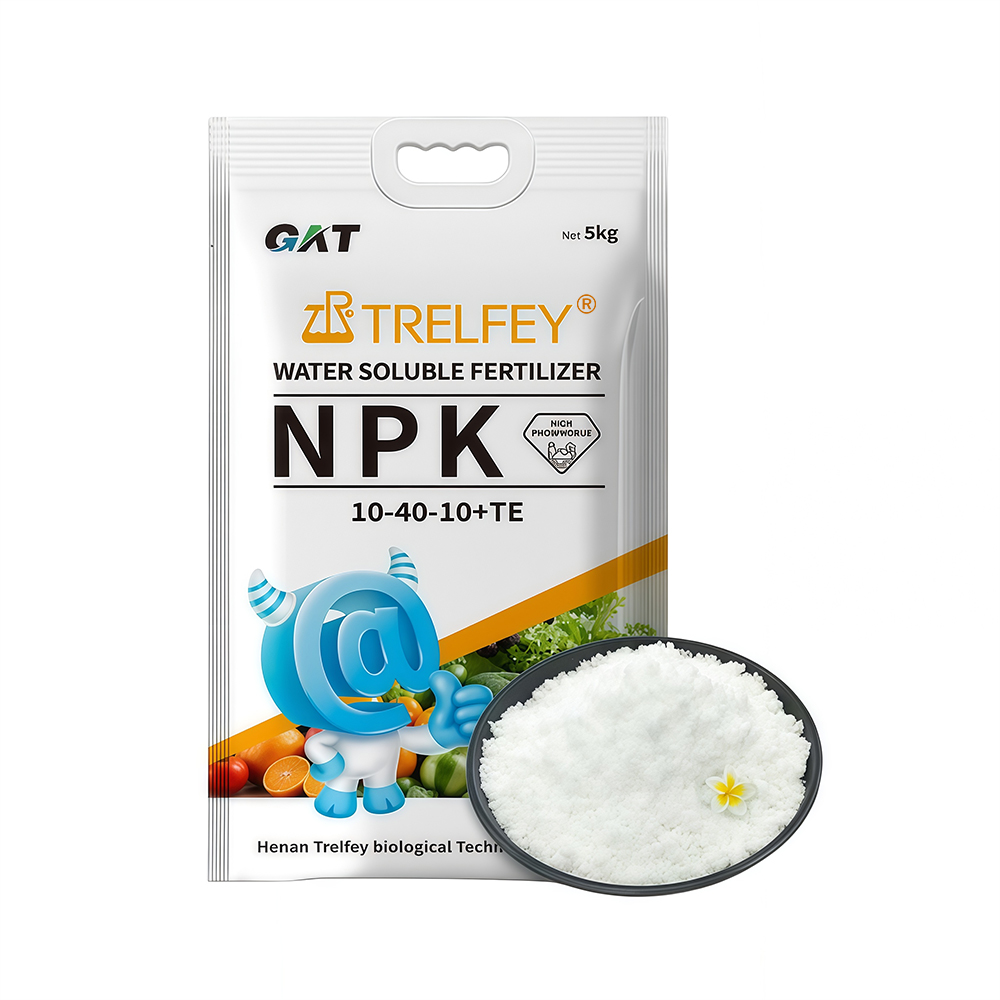
Water soluble fertilizer
Protect the roots and nourish the roots, protect the buds and protect the flowers
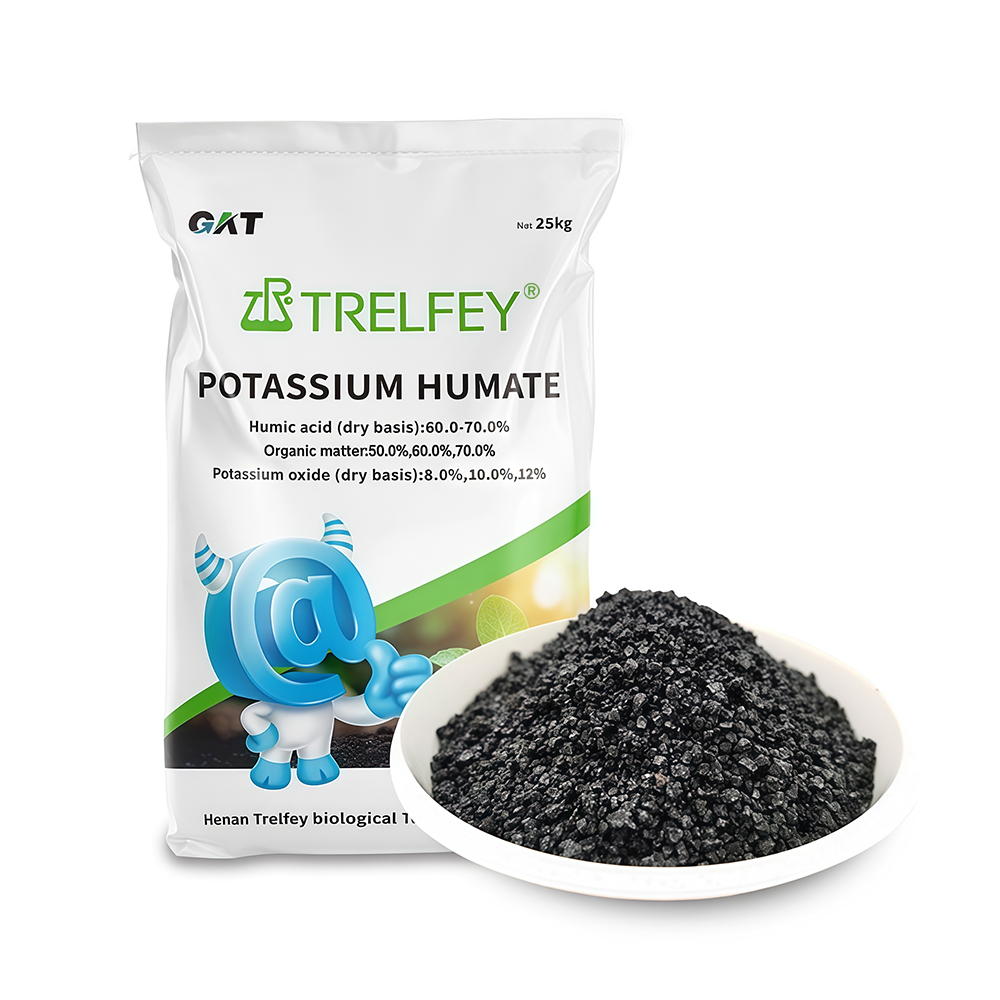
Potassium humate granules
Humic acid (dry base): 60.0-70.0%
Total nutrient (KOO): 8.0%-12.0% (customizable)
